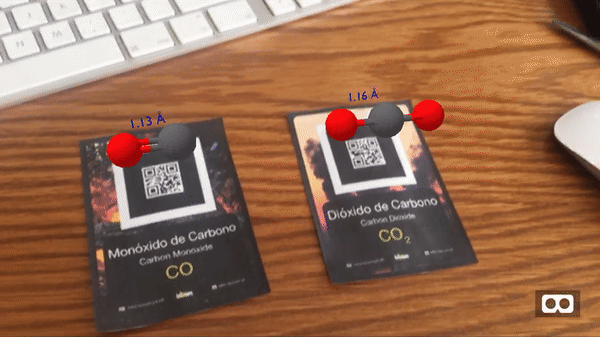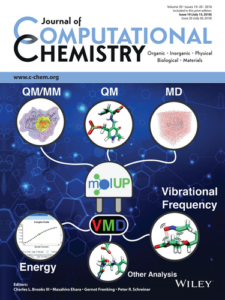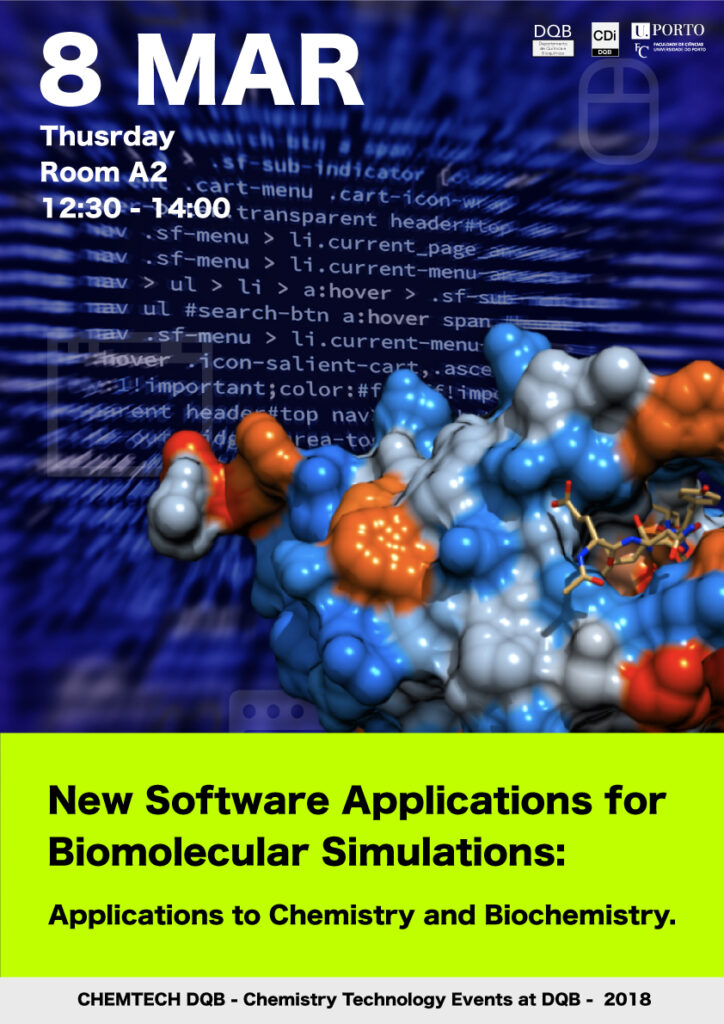Last Saturday (November 17th), I was presenting some of the software that we have developed at BioSIM research group to improve the way some chemical concepts are taught to our students.
VMD extensions, such as VMD Magazine, ToolBar, Protein Wars, and VMD Store were presented during the “VII Encontro da Divisão de Ensino e Divulgação da Química” conference. During the presentation, the software features were presented and were showed how these extensions can be used to engage young students to learn chemistry in a more pleasant and clear manner.
Moreover, the BioSIM Augmented Reality technology was presented for the first time, and it allows an easy and costless way to see molecules using augmented reality. See the video below:


